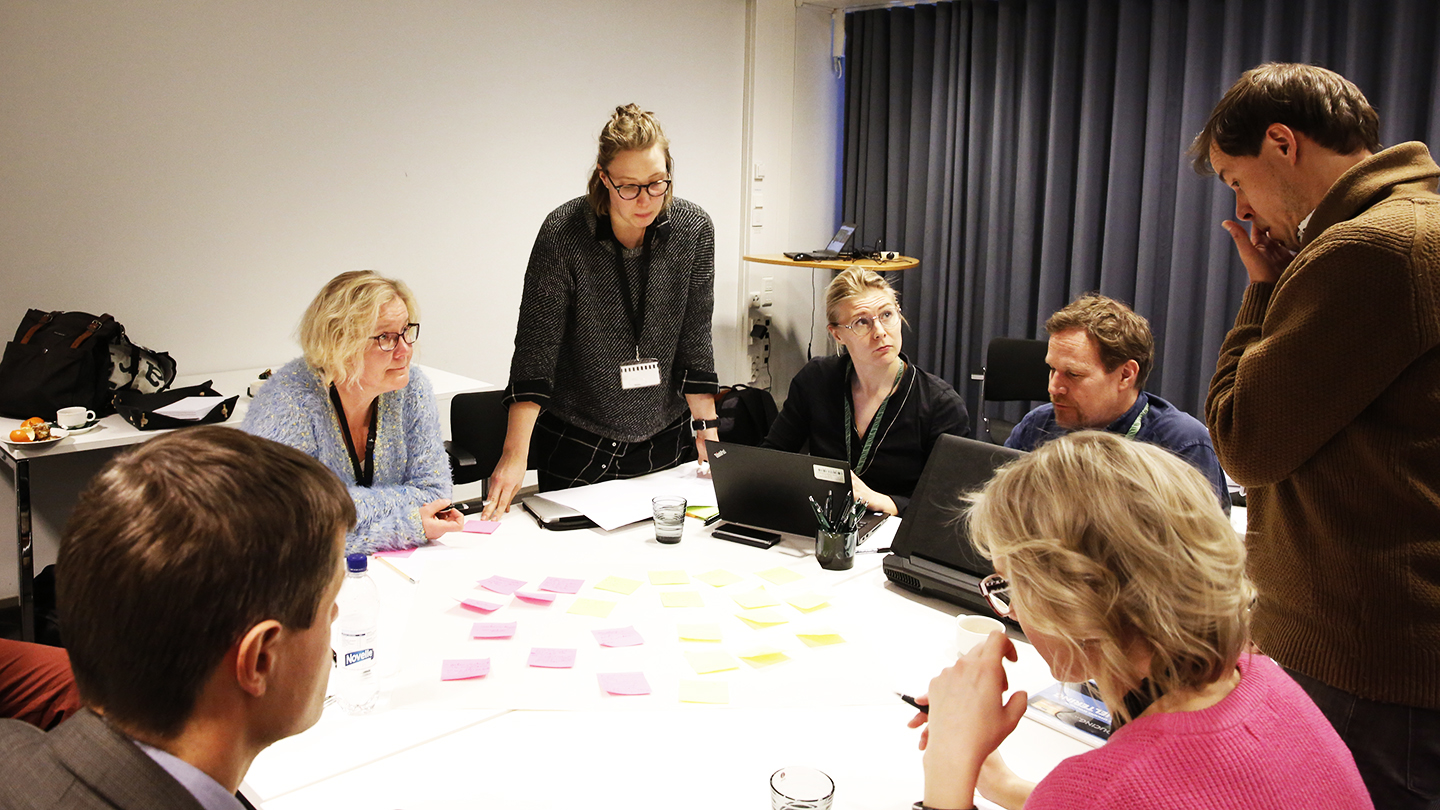
The challenge of energy efficiency projects: how to carry out renovations without indoor air problems?
The “Making municipalities’ energy efficiency viable” workshop in Helsinki brought together a large group of experts in the field, as well as representatives of municipalities and companies. One of the themes discussed at the workshop concerned combining energy efficiency projects with indoor air issues. The renovation of buildings so that indoor air quality remains good was
One of the themes discussed was combining energy efficiency and indoor air issues. The participants were divided into groups, and one group discussed how energy efficiency and other building maintenance issues affect each other, and how they can be best arranged so that they support each other.
According to Meliina Partio, who represented Lohja at the event, the city’s experience from earlier energy saving measures is that in some cases they have created mold problems in schools, which have only led to increased costs. One challenge, therefore, is how buildings can be renovated without worsening indoor air quality.

Another challenge for the city of Lohja is finding renovation projects that will deliver quick results, and have results in other fields in addition to energy conservation, such as health and well-being. Problems are also caused by, for example, deficiencies in the sharing of information, the monitoring of performance and the cooperation between different levels.
The discussion launched by Partio’s opening remarks suggests that there is a need for extensive research in order to reduce fears and prejudices, and to substantiate real causes of concern. In planning energy efficiency or renovation measures, it is important to look at the building as a whole.
Energy efficiency cannot be improved without also examining how the changes will affect other parts of the building, such as ventilation. For example, a caulking carried out without considering the building as a whole can worsen existing problems. Today, the performance of structures is better known, which for its part helps prevent indoor air quality problems caused by renovations.
Jyrki Tenhunen from the Finnish Environment Institute mentioned that digitalisation has created new possibilities for monitoring indoor air quality. Today, technology related to indoor air quality is even relatively cheap. However, monitoring the amount of carbon dioxide and humidity is not sufficient. Also other measurements are needed. It is, for example, sensible to monitor VOC values.
The working group also discussed whether we should completely discard natural ventilation. From the perspective of energy efficiency, mechanical ventilation with heat recovery is seen as a good alternative as long as it is carried out well. Switching off ventilation when the building is not being used because of energy efficiency has also been found to cause problems. As a result, some municipalities, such as Jyväskylä, have instructed that ventilation must not be completely switched off in municipality buildings.
On the other hand, it was estimated that the same mistakes as before are still being made in construction. Sharing information is important in this respect. Construction mistakes of previous decades have been listed, for example, on the website hometalkoot.fi. Good practices, on the other hand, have been shared on the energialoikka.fi portal.
